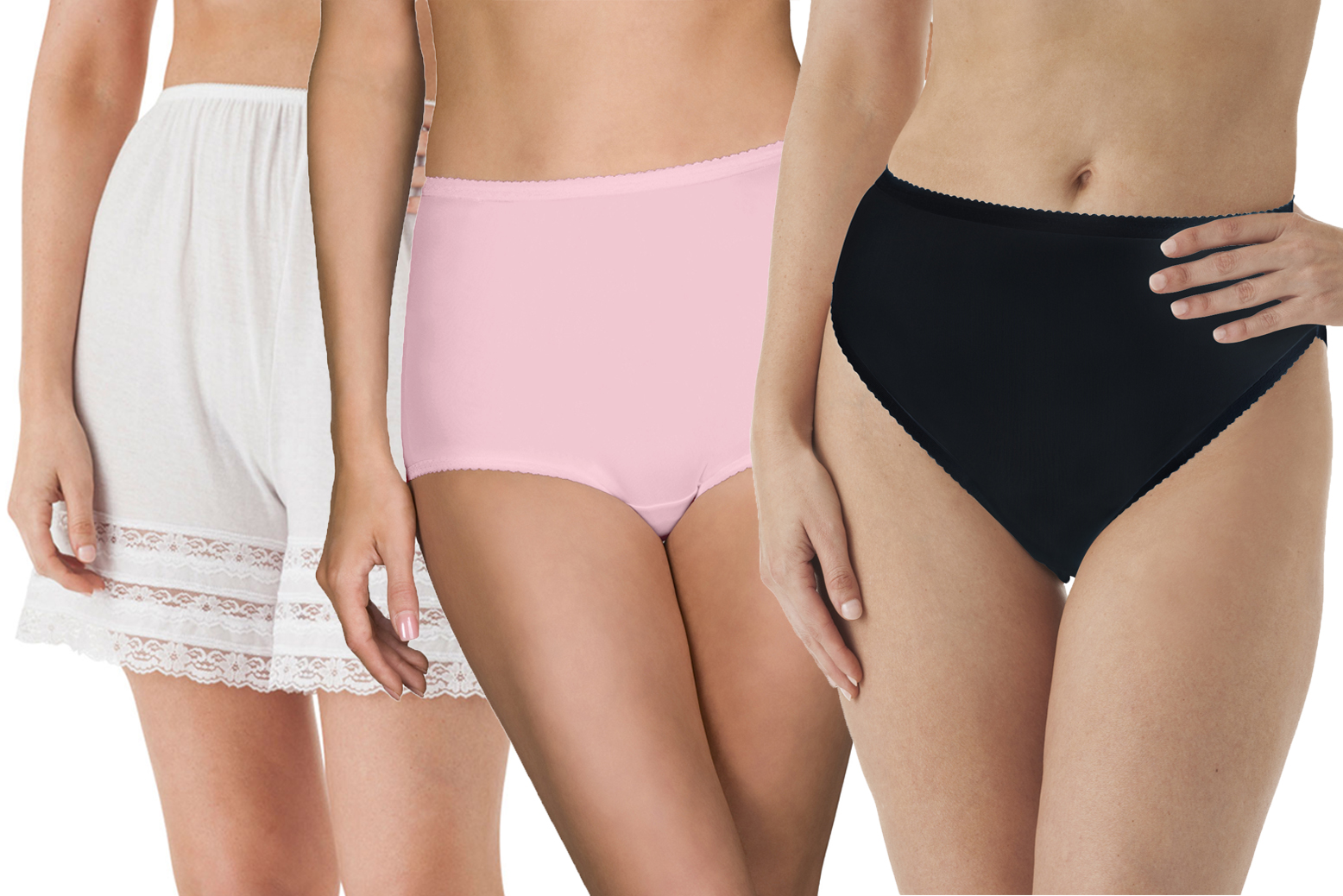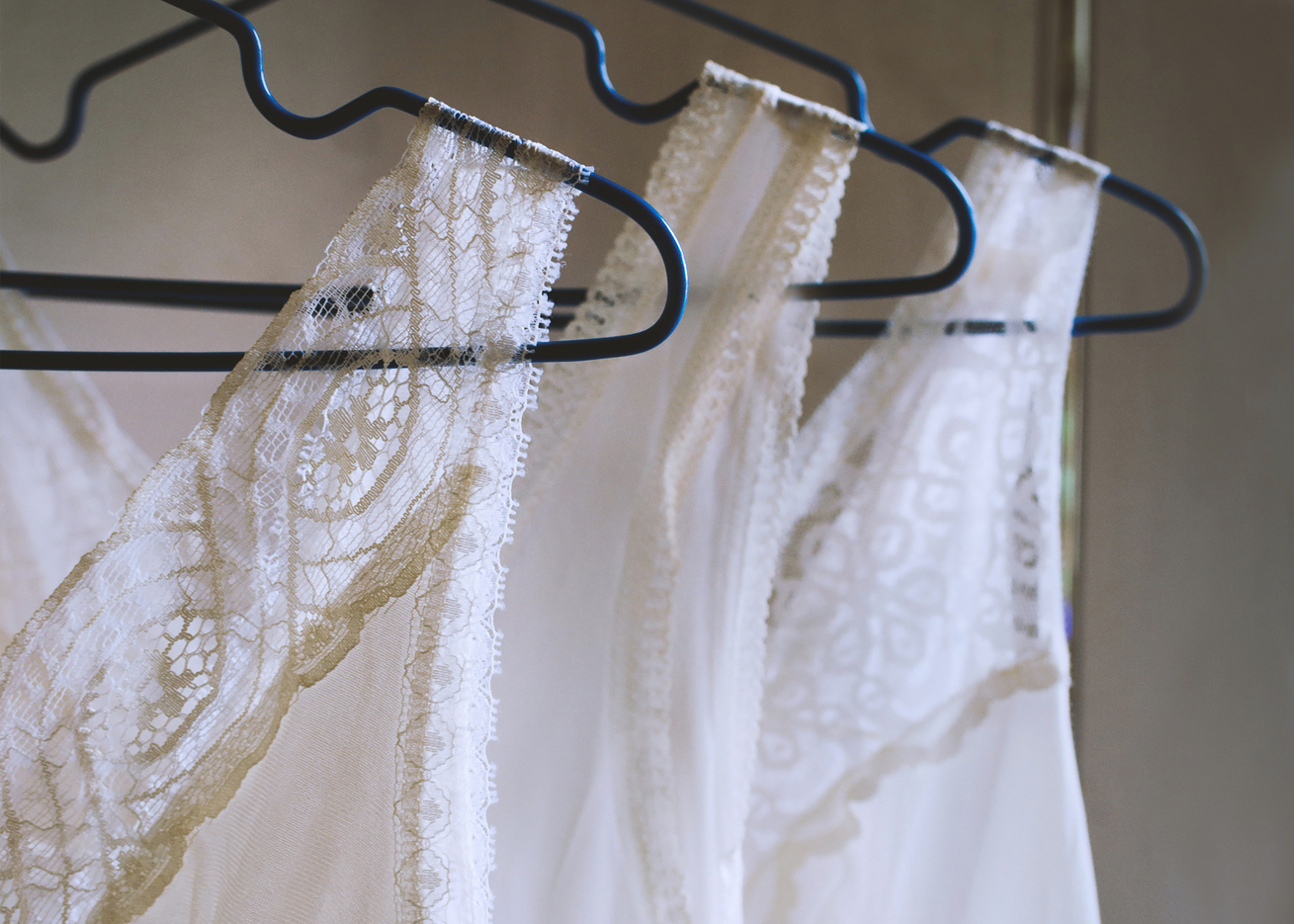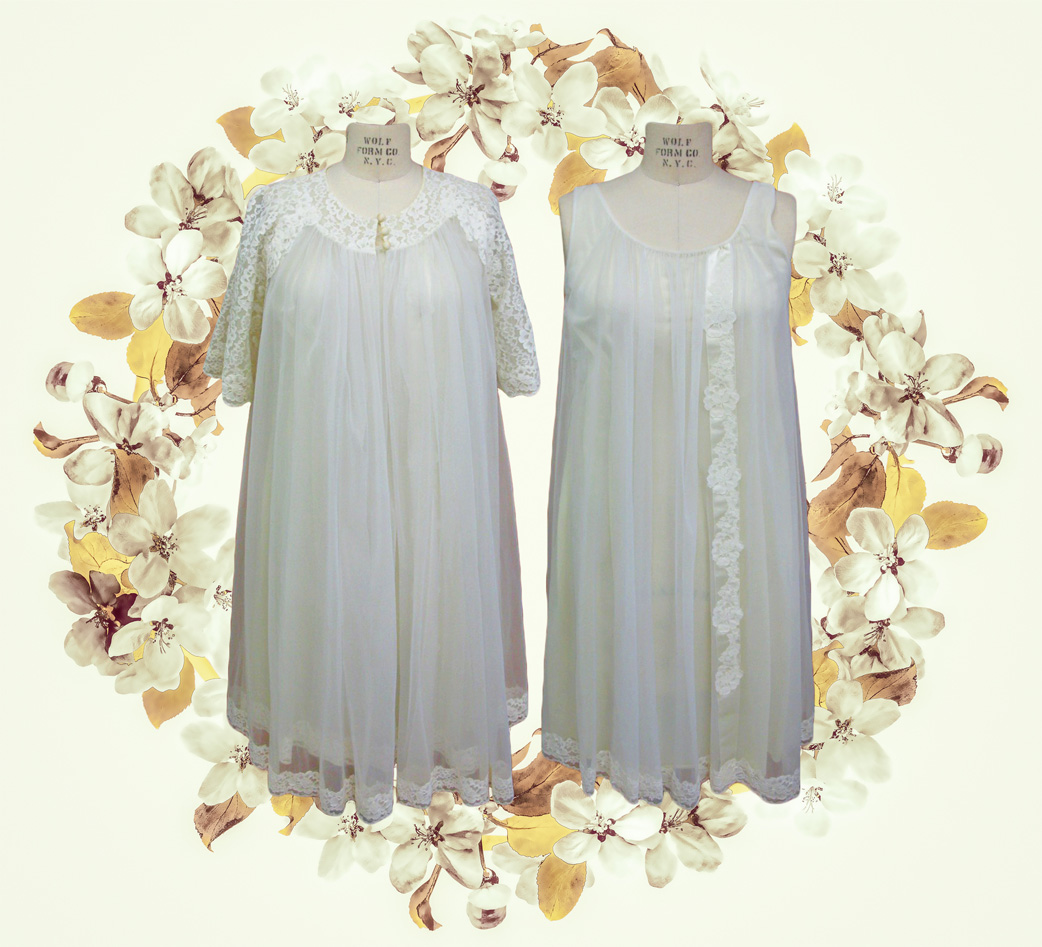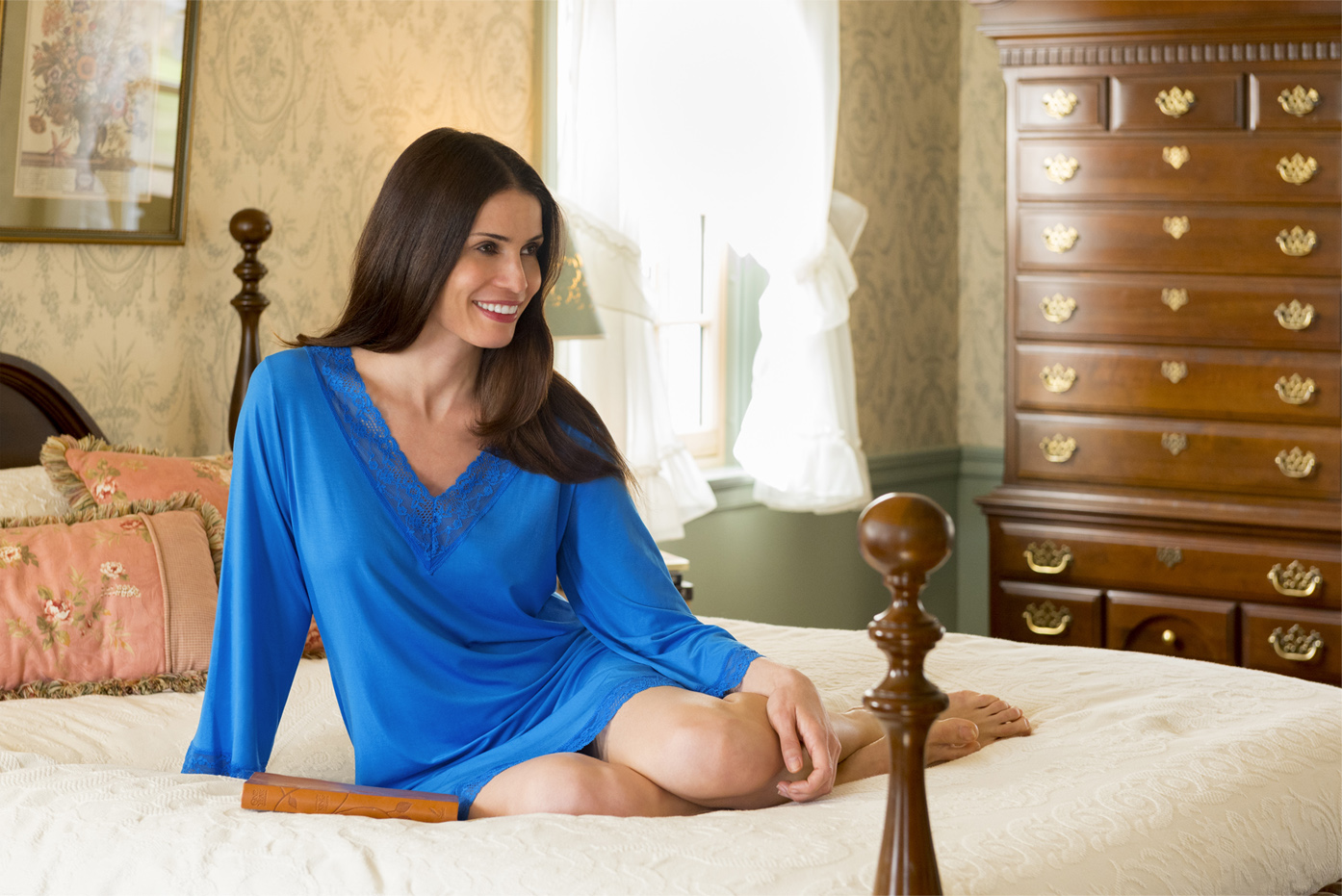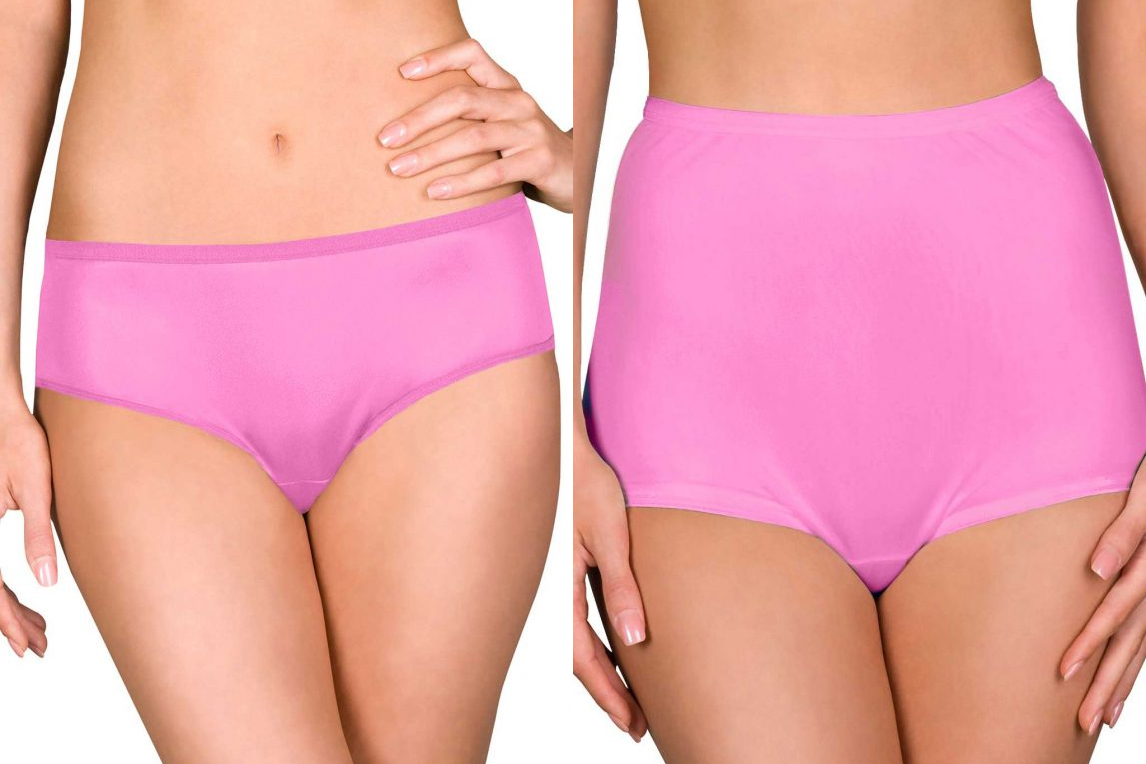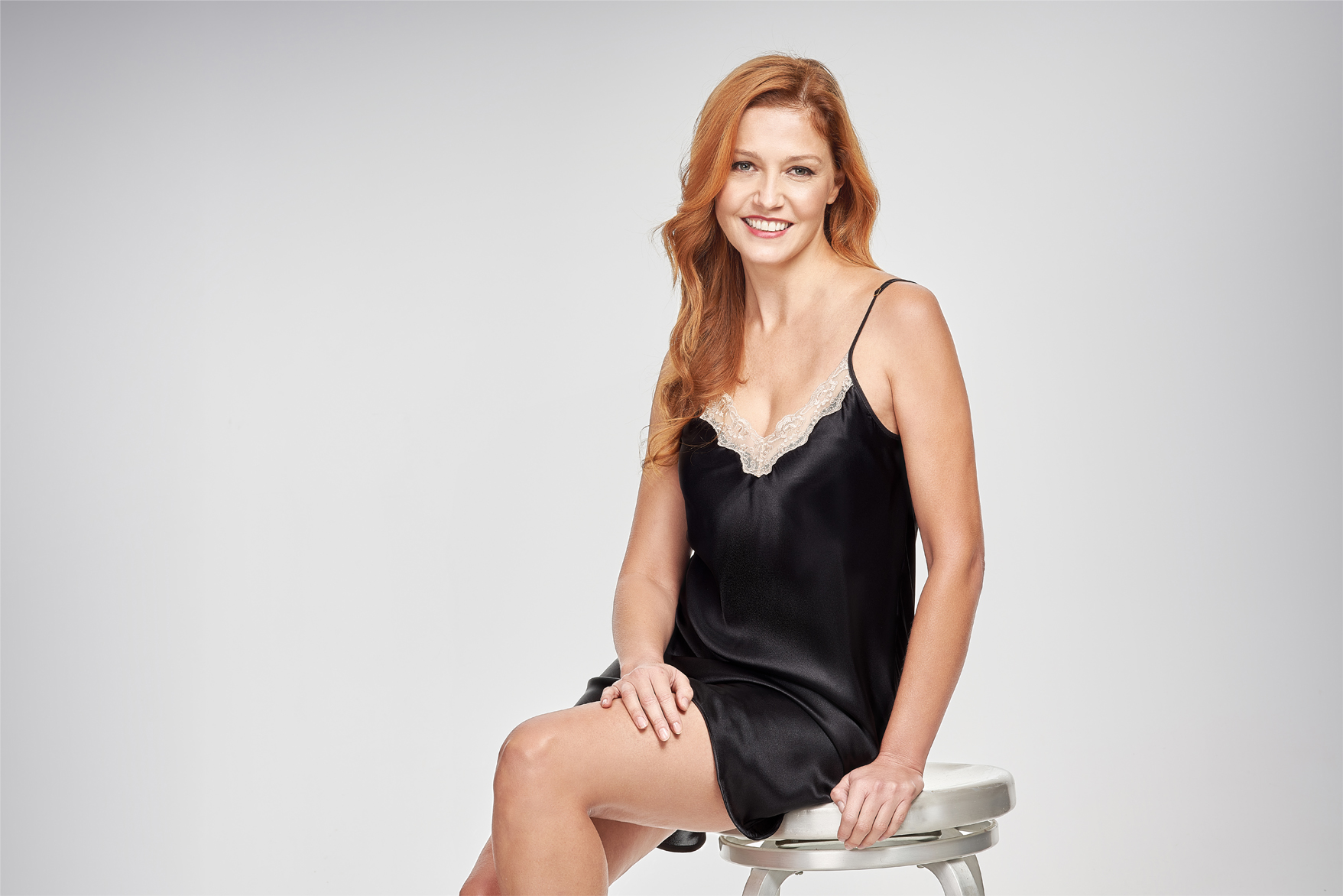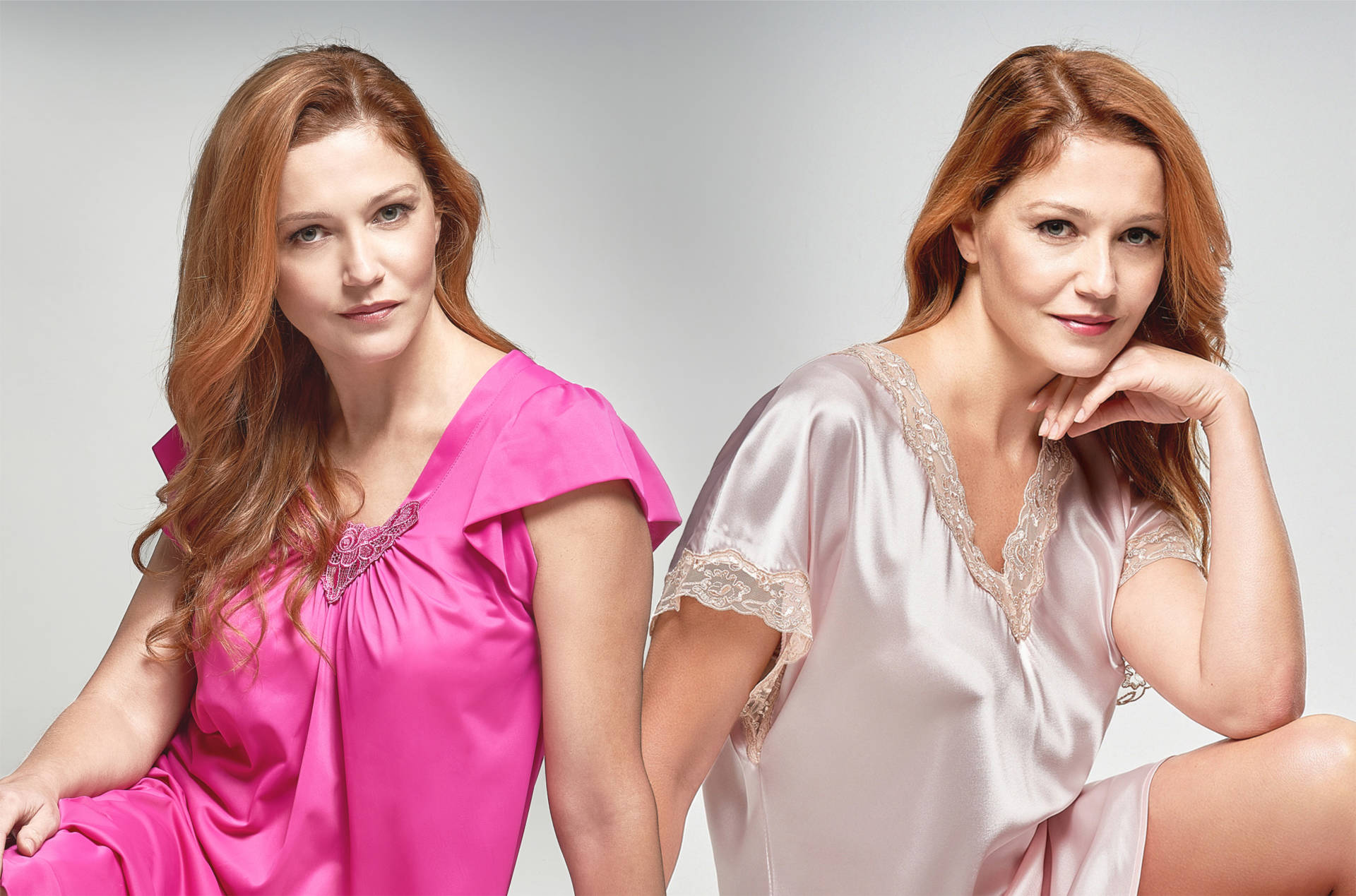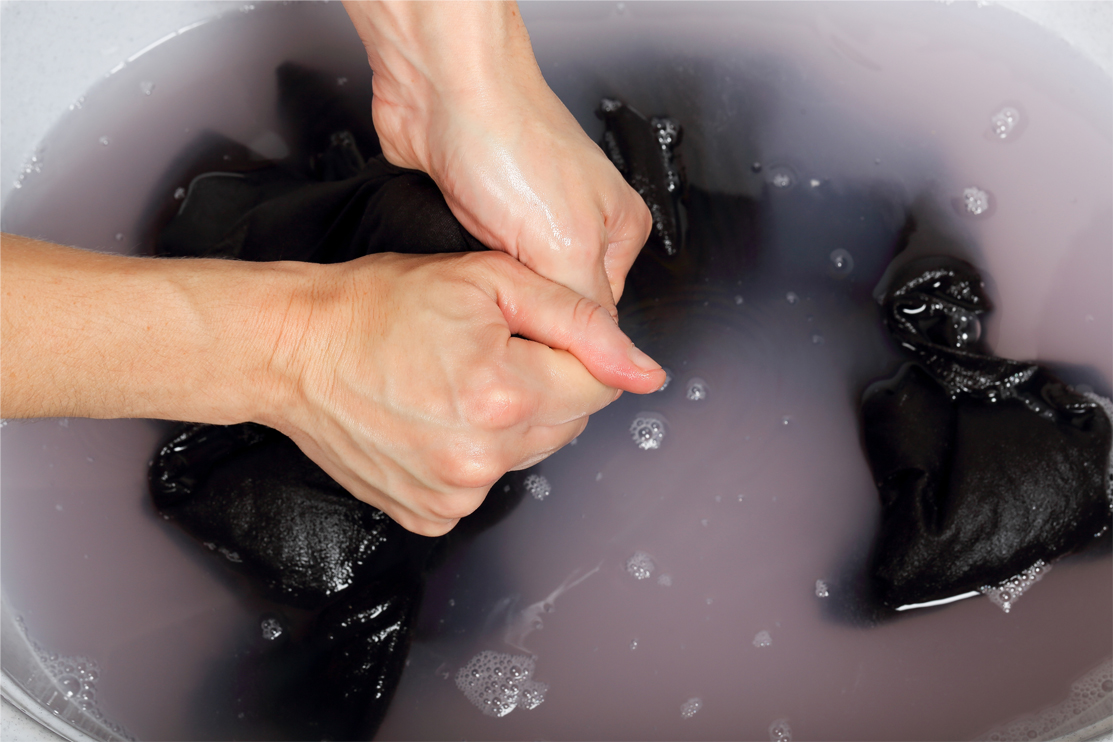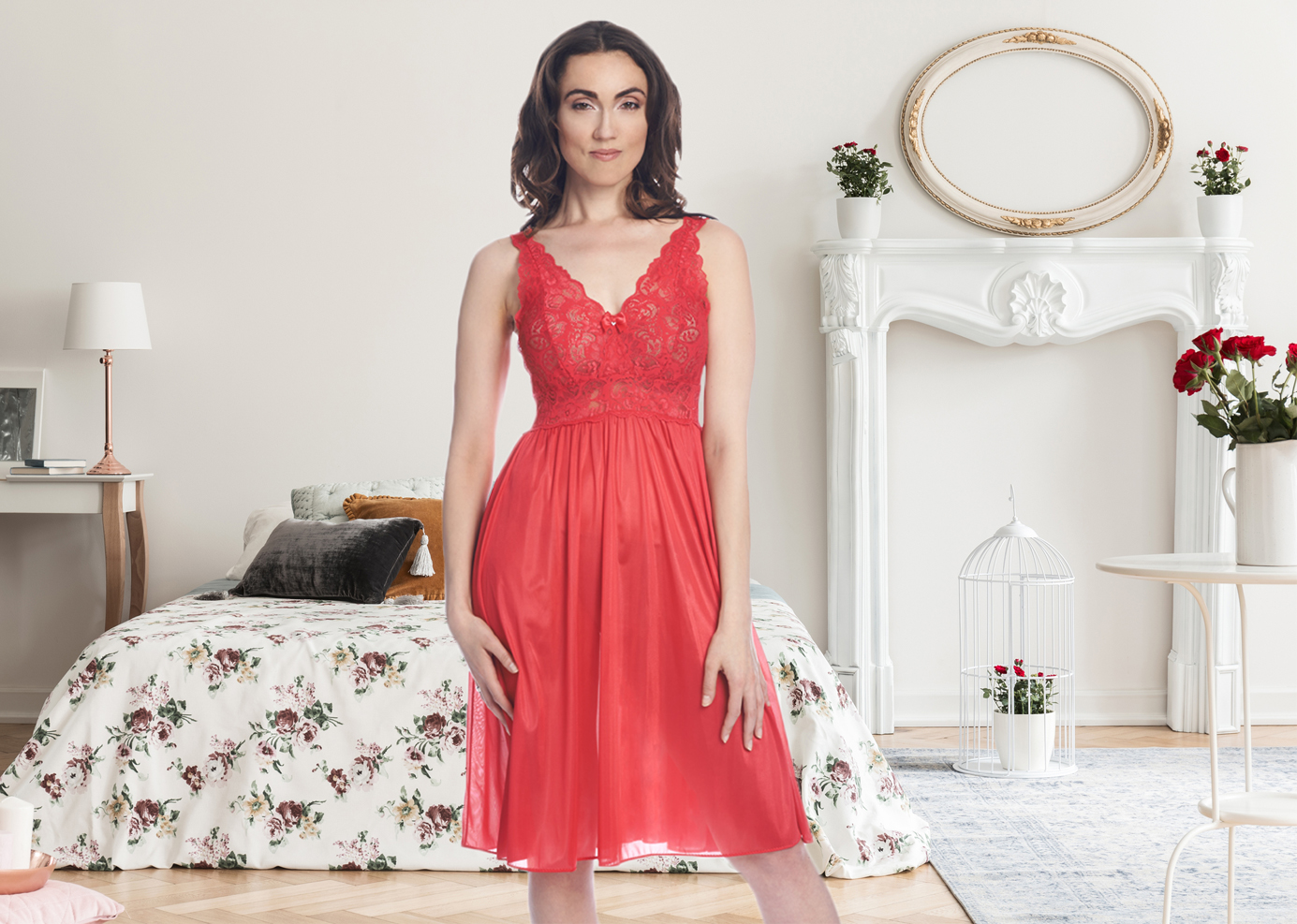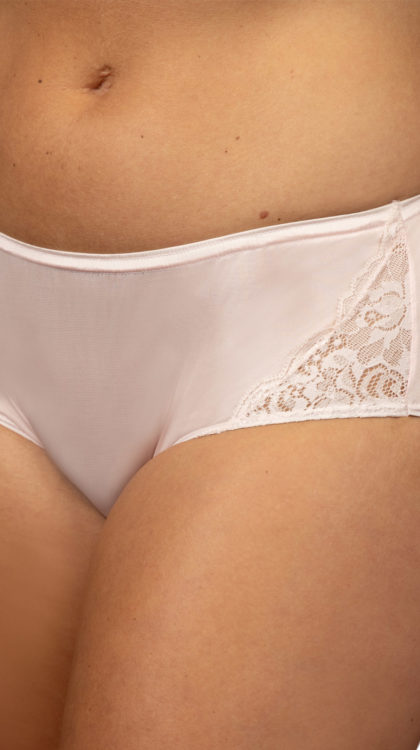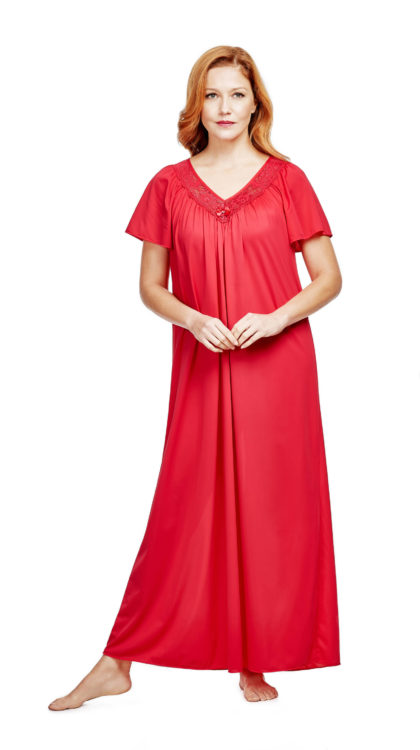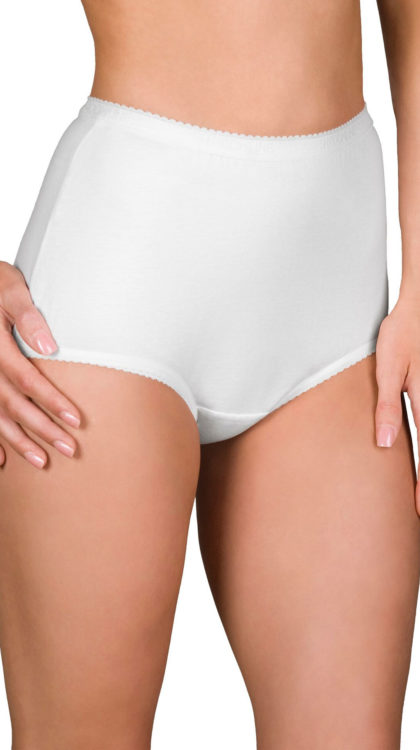A 100-Year History of Women’s Panty Styles
Just like more visible fashions, women’s panties have changed a lot over the years. Shape trends have come and gone (and in some cases, come back again), while innovations in the textile industry have driven other design changes from decade to decade.
That garments evolve over time is no surprise. What may surprise you to learn however is that for a long, long time, most women didn’t actually wear underwear – a simple, long chemise provided all the modesty they needed or were expected to wear!
By the early Victorian era however, bloomers (known at the time as drawers) had made their entrance. They became the norm by the early 1900s, a change that was in part driven by a slowly-growing acceptance of women choosing to wear pants instead of a skirt, and hence the need for a split-leg undergarment.
Want to learn more about the history of panties? Let’s walk through all the varied ways that they’ve changed since then, starting one century ago…
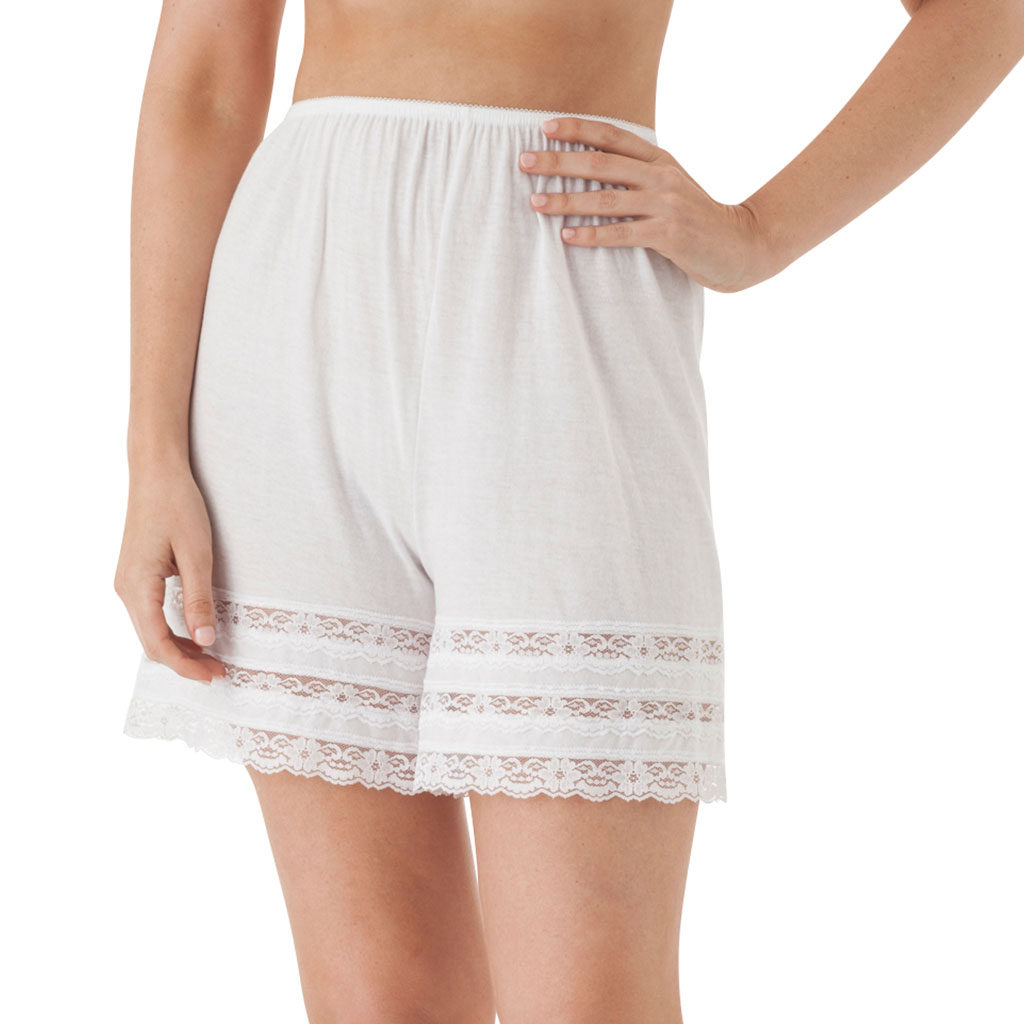
Velrose® Adjustable Cotton Knit Culottes
Women’s panties in the 1920s
‘Flapper culture’ in the roaring twenties saw hemlines dramatically rise, and suddenly there was a need for a shorter style of women’s underwear. The result was tap pants, also known as French knickers, which were essentially loosely-fitted shorts. Other women chose to wear ‘cami knickers’ which were an all-in-one piece combining tap pants with a camisole.
Women’s panties in the 1930s
While tap pants remained popular until the 1950s, rapid advancements in fiber technology in the 1930s led to other options too. Latex, a rubber yarn, was invented which allowed for the creation of more figure-hugging styles with stretchy waistbands. And in 1939, nylon became available and quickly became a popular fabric choice for underwear thanks to its lightweight feel and easy-to-launder properties.
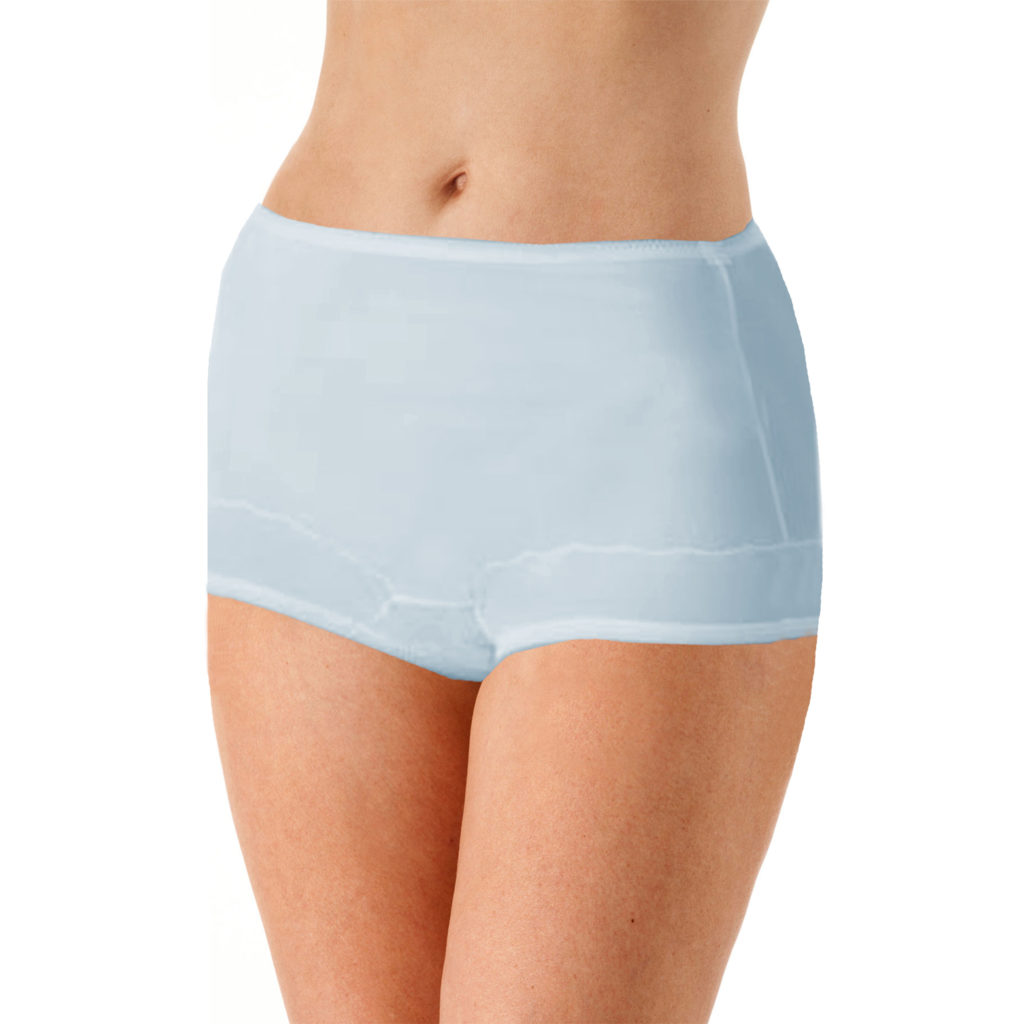
Dixie Belle® Scallop Trim Full Panty
Women’s panties in the 1940s
During WWII, both silk and nylon were diverted towards military gear production and women had to get creative, with some choosing to home-knit panties. Soldiers returning home sometimes brought with them maps that had been printed onto silk, and there are many examples of home-sewn ‘map lingerie’ being made from these.
After the war, nylon underwear once again surged in popularity – our Dixie Belle® Scallop Trim brief first launched in 1946!
Women’s panties in the 1950s
In the glamorous fifties, big panties were still in vogue, with their navel-grazing shape helping to emphasize the waistline as was the fashion. Right at the end of the decade, in 1959, spandex was invented and underwear brands soon began to experiment with truly figure-hugging stretch fabrics.
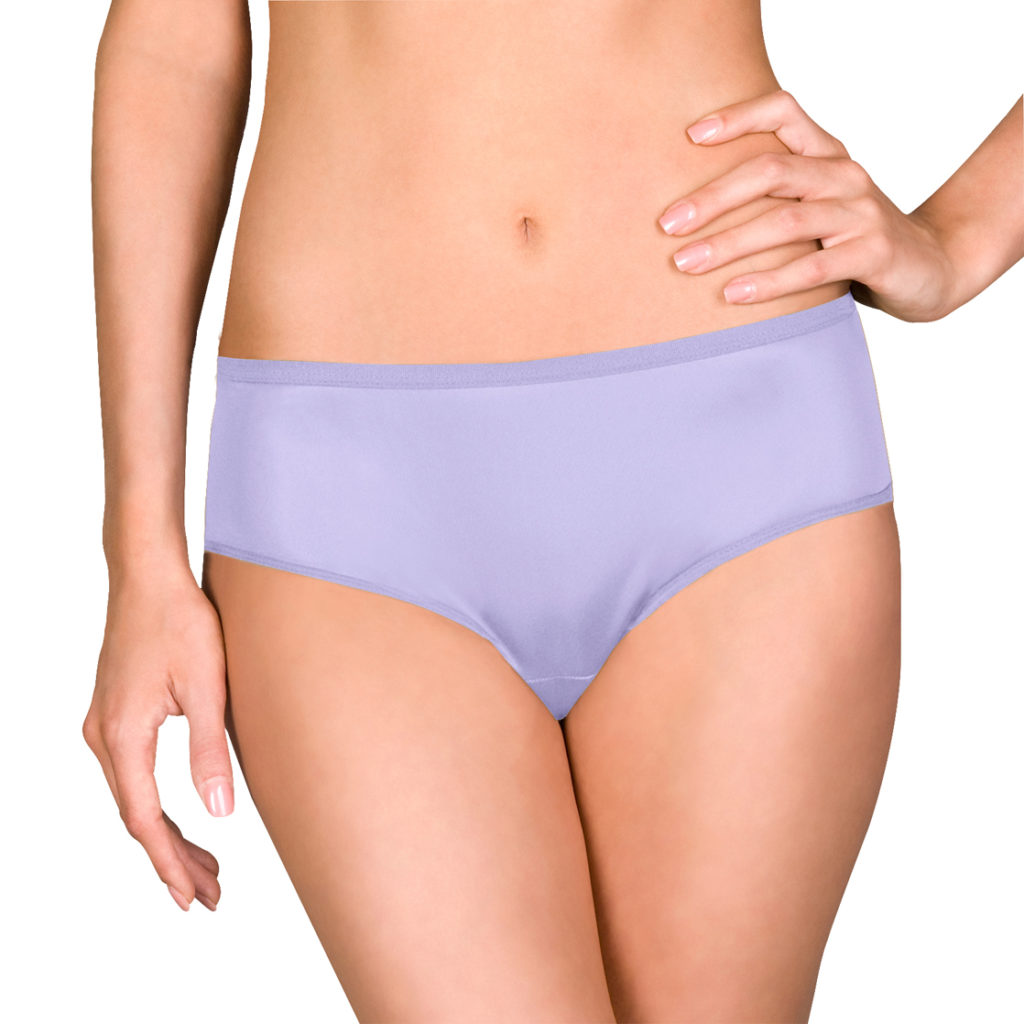
Shadowline® Nylon Hidden Elastic Hipster Panty
Women’s panties in the 1960s
In the sixties, women’s panties got both smaller and larger. Up until this point, pretty much all underwear had been high-waisted, but now the hipster-cut bikini brief became popular. At the same time however, there was a definite trend for ‘cycling short’ style panties with a fitted leg that reached mid-thigh length. Women’s underwear in general also began to get more colorful throughout this decade.
Women’s panties in the 1970s
Women’s lingerie in the seventies was all about simplicity. Fashionistas of the time craved a natural look so seamless panties became popular, and there was also an increased demand for skin tones.
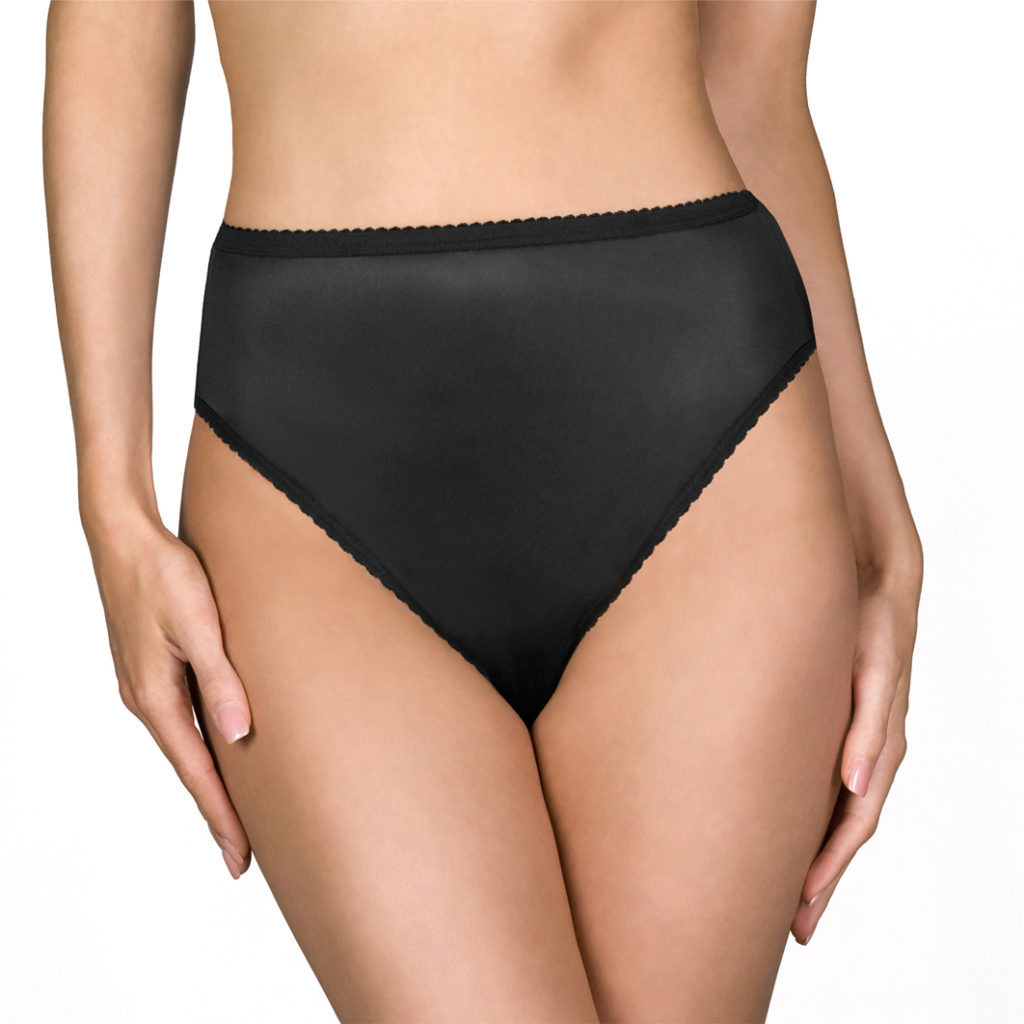
Shadowline® Nylon High Cut Panty
Women’s panties in the 1980s
What is more quintessentially 1980s than a neon leotard with a sky-high legline? But high leg cuts weren’t exclusive to workout gear – it was the most on-style panty shape of this decade too. Simultaneously, the eighties saw a significant rise in the popularity of ‘tanga’ panties, which had only a narrow strip of elastic at the sides.
Women’s panties in the 1990s
The trend for increasingly-skimpy panties continued into the following decade, with thongs skyrocketing in popularity during the nineties. Like the seventies however, this was also an era of underwear minimalism – think Kate Moss’ iconic adverts for Calvin Klein.
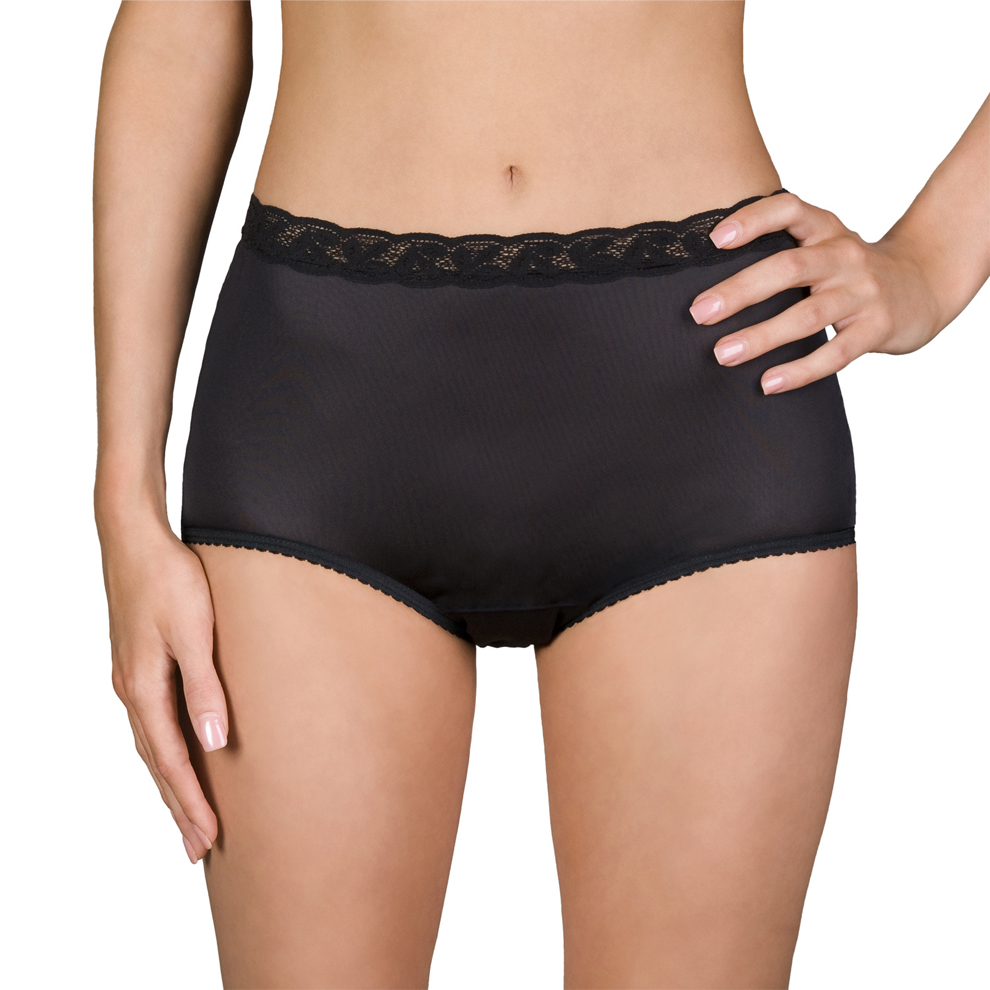
Shadowline® Lace Modern Brief Panty
Women’s panties in the 2000s
No fashion trend lasts forever, and soon panties once again became highly decorative – this time, in the form of itsy-bitsy g-strings with embellished backs designed to be seen poking out from under a pair of ultra-low rise jeans!
However, at the same time, full-coverage panties were making a comeback. Who can forget when 2001’s Bridget Jones’ Diary showed us that we definitely weren’t alone if we preferred the figure-shaping benefits of a high-waist control panty?
Women’s panties in the 2010s
Big knickers have stayed in style ever since, and not just shaping ones – in recent years, the high-waist panty once again overtook the thong or hipster as the most fashionable choice, whether minimal in style or made from glamorous lace. High leg cuts also once again flooded lingerie stores everywhere.
However, what really defined women’s underwear of the 2010s was diversity. Never had it been so easy to find what you were looking for, whatever your personal lingerie style!
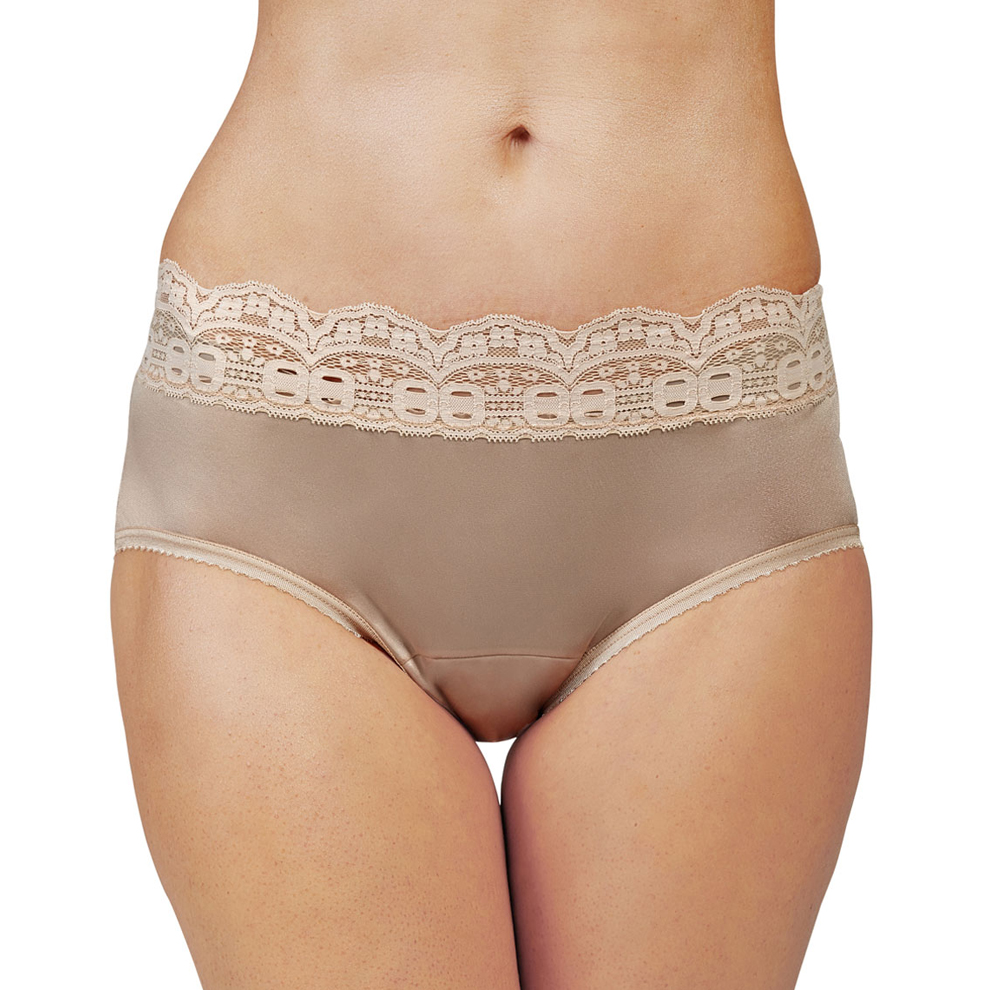
Shadowline® Lace Trim Hipster Panty
Women’s panties in the 2020s
This year, sixties-esque ‘cycling short’ underwear is once again making an appearance, but today’s fashion trends are coming and going faster than ever. So it remains to be seen what the reigning panty style of the 2020s will turn out to be.
However, like in the decade just gone, we now have the fabric technologies and know-how to produce practically anything, and as customers we have become used to having options – so whether you like your panties with or without spandex, with a high or low legline, and with lacy edging versus sleek and seamless, you’ll no doubt be able to find it!
What’s your favorite era for panty design, and why?

